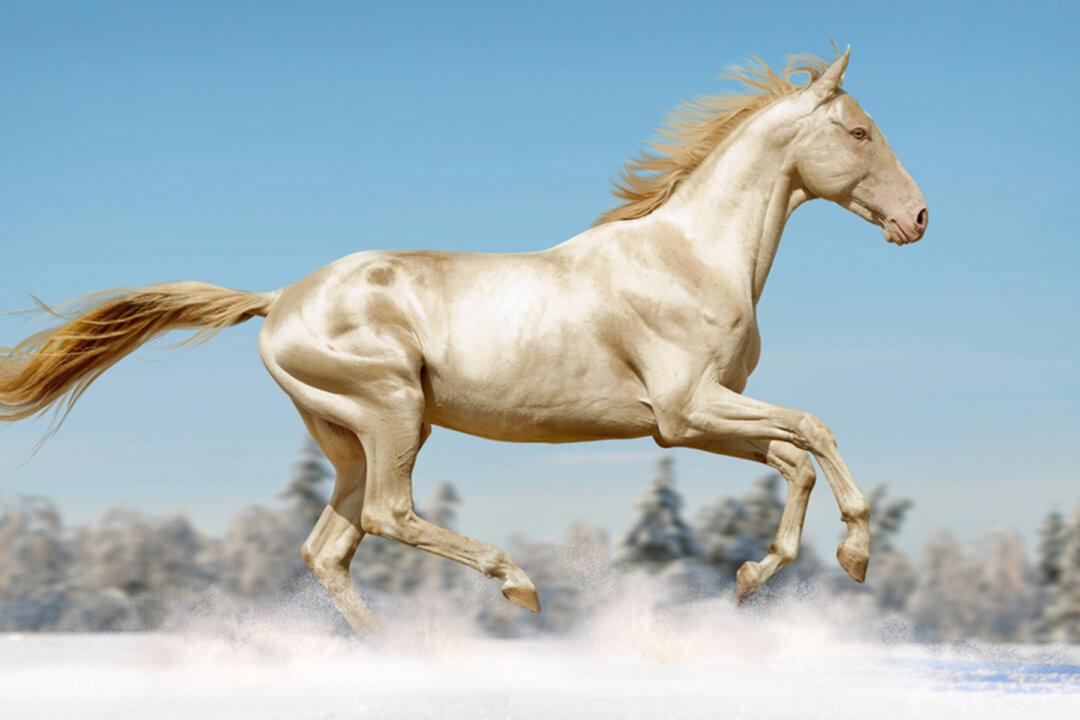A breed of horse has been nicknamed the “ninth wonder of the world” for good reason. Famous as “golden horses” due to their eye-catching metallic sheen, the Akhal-Teke horses look almost too otherworldly to be real.
Gleaming like gold in seeming defiance of genetic convention, the Akhal-Teke is thought to be one of the oldest existing horse breeds. The breed is especially well adapted to severe climates and has a reputation for speed, strength, and superior intelligence.





